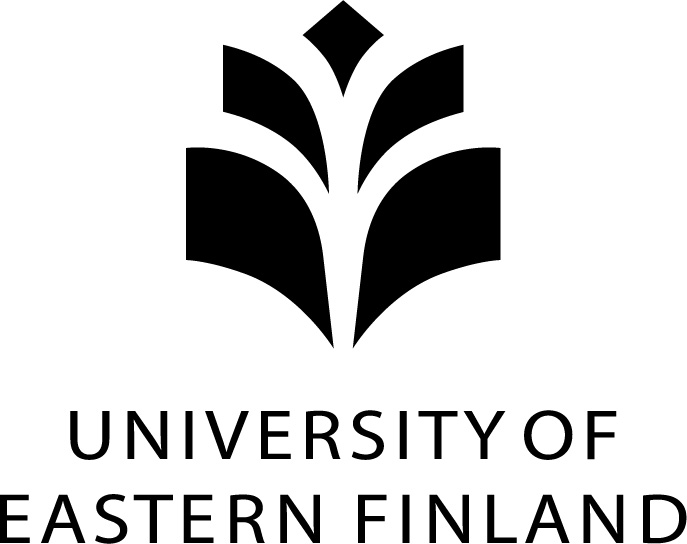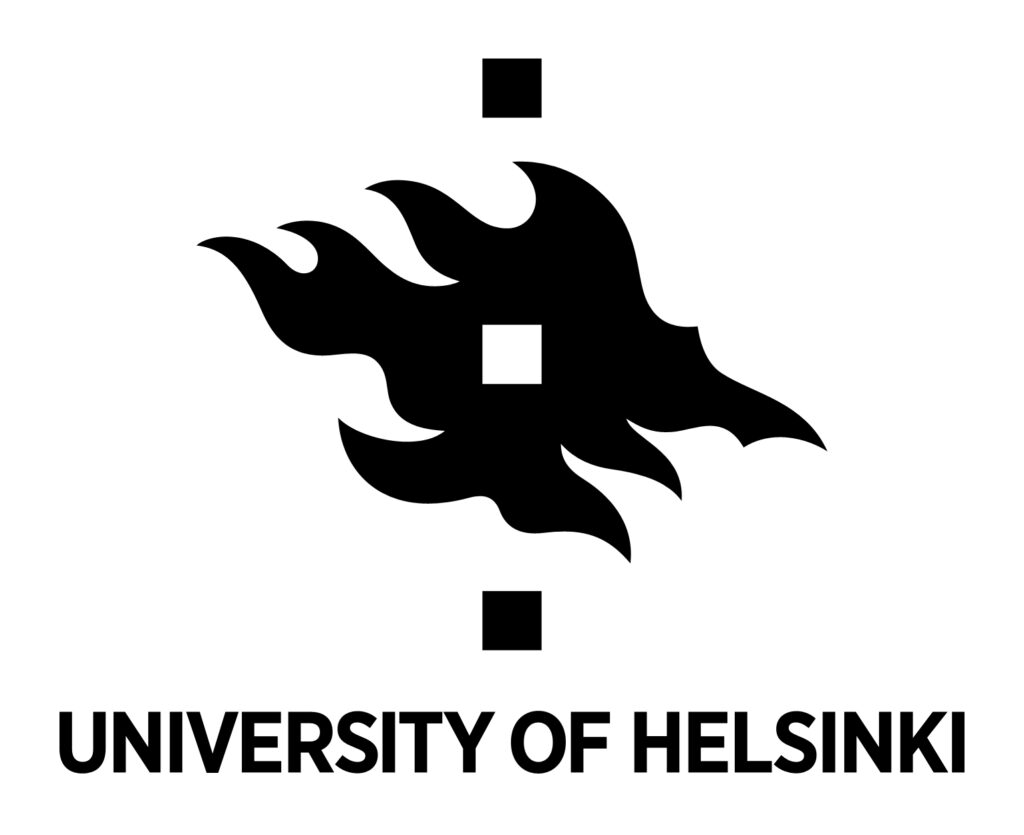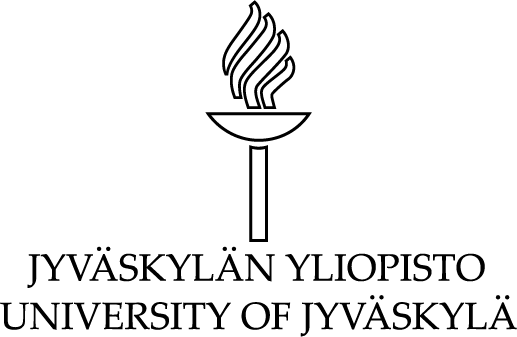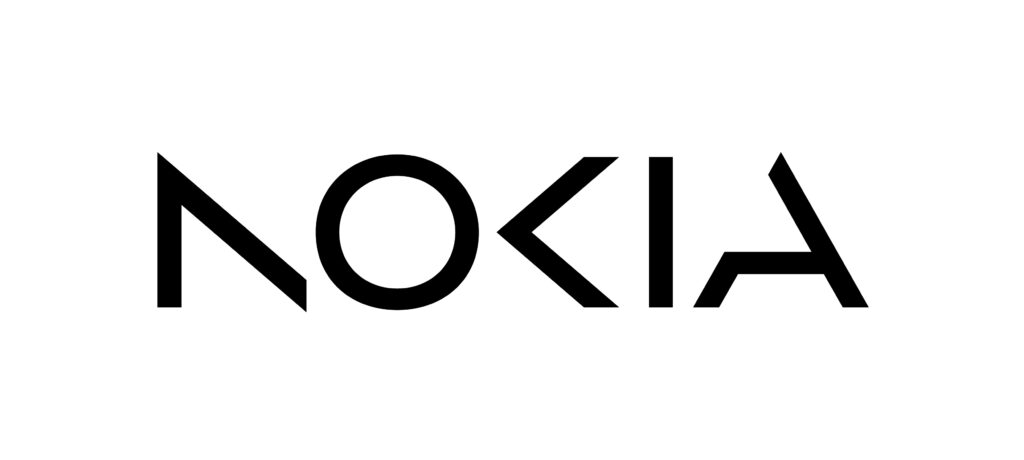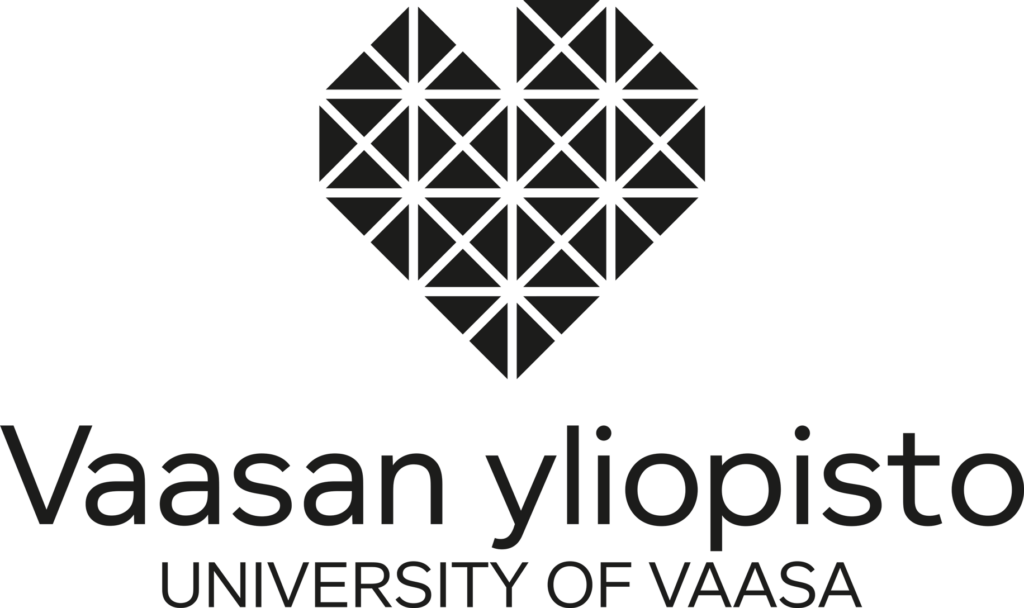Makarow in The Independent: Persistent gender stereotypes are standing in the way of inspiring a new generation of women in science

 Global challenges like climate change need the input of a broad church of thought – we desperately need to debunk these stereotypes at an early age, writes Marja Makarow, Chair of Technology Academy Finland TAF in The Independent.
Global challenges like climate change need the input of a broad church of thought – we desperately need to debunk these stereotypes at an early age, writes Marja Makarow, Chair of Technology Academy Finland TAF in The Independent.
Tuesday marks the UN International Day of Women and Girls in Science, an annual effort in recognition of the critical role women play in science and technology.
Some of the most groundbreaking inventions and scientific breakthroughs of recent times were invented by women. Take the long-cycle battery powering the International Space Station, for example, or stem-cell isolation which has led to huge strides in understanding the blood systems of cancer patients and the hope of finding a cure.
But despite history being full of pioneering women creating such lightbulb moments, gender inequalities are still rife in the sciences. According to Unesco, less than 30 per cent of the world’s researchers are women. In the US, despite women earning more degrees than men overall, they only account for 35 per cent of undergraduate degrees issued in science, technology, engineering, and mathematics (Stem) fields, research for the Brookings Institute found. And in the UK, although more women are now working in Stem fields, they still only make up 26 per cent of those in core Stem occupations.
Meanwhile, a recent report published by the UK Intellectual Property Office found that women are still being held back from patenting their innovative ideas. It found that the proportion of females applying for patents as inventors was just under 13 per cent globally in 2017.
The principal reason for this is that we’re not getting enough girls into Stem subjects – and stereotypes are preventing this from happening.
Back in the 1960s and 1970s, a famous social science exercise asked 5,000 US and Canadian elementary schoolchildren to draw a scientist. Their sketches typically showed figures in white coats and goggles, handling equipment like test tubes. But one striking factor stood out: of all the drawings, just 28 showed a female scientist – and all of those were sketched by girls. Not one boy drew a woman.
More than 50 years on from that exercise, female scientists are still struggling to escape the stereotype. Most of us have an image of what a Nobel Prize science winner looks like: male, older, and white. The Nobel Foundation embodies these biases, as of the 700 or so science Nobel awardees, only 3 per cent are women.
In 2018, US professor Frances Arnold – who two years previously became the first woman to be awarded the Millennium Technology Prize – became only the fifth female Nobel chemistry laureate, while Canadian professor Donna Strickland became only the third female recipient of the Nobel Prize in physics. But achievements like this tend to be the exception rather than the norm.
So why aren’t women breaking through in these areas? To understand this, we need to better comprehend the forces that shape women’s decisions to pursue Stem careers.
First, due to unconscious bias, sexism and various gender stereotypes, girls are more likely than boys to think that they aren’t good enough to pursue subjects such as maths and physics, seeing them as only for the super-intelligent. That’s despite the fact that girls often outperform boys in Stem subjects. A 2018 report by the Institute of Fiscal Studies also found female students are reluctant to take Stem subjects because they know they’ll be in a minority.
We need to debunk these stereotypes at an early age – and do this via mainstream channels. That’s why it was so refreshing, for example, to see Disney Junior TV work with Nasa to create animated TV characters of both boys and girls interested in science
And even when women are in the science workplace, ingrained social factors are still an issue – such as women having to juggle their career ambitions with childcare. That’s why it is our duty to put in place one of the most important pieces of infrastructure for working mothers: quality childcare. Nordic countries lead the way here, with young children in Finland having a right to affordable, public, and high-quality childcare. In addition, issues around the structure of academic science and the rigour of the testing process, as well as the gender pay gap in some countries need to be addressed, as it makes it difficult for women to balance work/life commitments.
And, most damagingly, the science profession has also been impacted by the #MeToo movement. According to a recent report by the National Academies of Sciences, Engineering and Medicine in the US, the most comprehensive study yet on the extent of sexual harassment across the Stem fields, women endure the highest rate of sexual harassment of any profession outside of the military.
It found nearly 50 per cent of women in science reported experiencing sexual harassment, and 90 per cent of women who reported sexual misconduct experienced retaliation. The male hierarchy found within many science-related organisations, the working culture (long hours in confined conditions), and the disproportionate male/female ratio has, in places, bred a culture of harassment. This makes tackling sexual misconduct more difficult than in other academic fields and industries.
When women are dissuaded from Stem subjects, it also means we’re not maximising the full potential of humankind. Global challenges like climate change need the input of a broad church of thought and diverse research teams are more likely to come up with new ideas and perspectives. Diversity is known to drive collective intelligence.
Moreover, when women achieve at the highest levels of sport, art, politics, or science, they serve as role models for all of us, but especially girls and other women. Only by ditching the stereotypes will we attract more girls into Stem, increase the chances of them rising to the top of their fields and see more women break the mould as inventors contributing to our economic growth and collective wellbeing.




